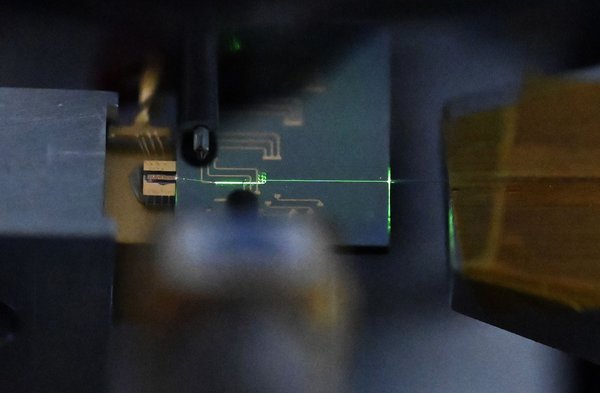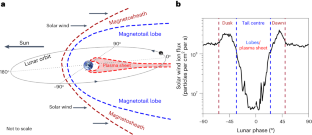2023-11-09 カリフォルニア工科大学(Caltech)

◆カリフォルニア工科大学のアリレザ・マランディ氏は、フォトニックチップ上でこの種のレーザー、モードロックレーザーを作る新しい方法を紹介しています。これにより、電気回路のように光ベースの回路に統合されるため、現代のエレクトロニクスに見られる集積回路のように、これらのレーザーをナノスケールコンポーネントを使って製造できるようになることが期待されます。
<関連情報>
- https://www.caltech.edu/about/news/ultrafast-lasers-on-ultra-tiny-chips
- https://www.science.org/doi/10.1126/science.adj5438
ナノフォトニック・ニオブ酸リチウム中の超高速モードロックレーザー Ultrafast mode-locked laser in nanophotonic lithium niobate
Qiushi Guo,Benjamin K. Gutierrez,Ryoto Sekine,Robert M. Gray,James A. Williams ,Luis Ledezma,Luis Costa,Arkadev Roy,Selina Zhou,Mingchen Liu,and Alireza Marandi
Science Published:9 Nov 2023
DOI:https://doi.org/10.1126/science.adj5438
Editor’s summary
Mode-locked lasers are an enabling technology in the ultrafast sciences, providing a platform to generate extremely short pulses of coherent light and precisely spaced frequency combs of light. These lasers are typically bulky, with components sitting on an optical bench. Guo et al. shrunk a mode-locked laser down to the size of an optical chip. Combing a III-V gain medium with a lithium-niobate phase modulator, they demonstrated the operation of a mode-locked laser with good performance metrics. The results show promise for developing photonic chip–based frequency combs for precision measurements and spectroscopy. —Ian S. Osborne
Abstract
Mode-locked lasers (MLLs) generate ultrashort pulses with peak powers substantially exceeding their average powers. However, integrated MLLs that drive ultrafast nanophotonic circuits have remained elusive because of their typically low peak powers, lack of controllability, and challenges when integrating with nanophotonic platforms. In this work, we demonstrate an electrically pumped actively MLL in nanophotonic lithium niobate based on its hybrid integration with a III-V semiconductor optical amplifier. Our MLL generates ∼4.8-ps optical pulses around 1065 nm at a repetition rate of ∼10 GHz, with energies exceeding 2.6 pJ and peak powers beyond 0.5 W. The repetition rate and the carrier-envelope offset frequency of the output can be controlled in a wide range by using the driving frequency and the pump current, providing a route for fully stabilized on-chip frequency combs.




